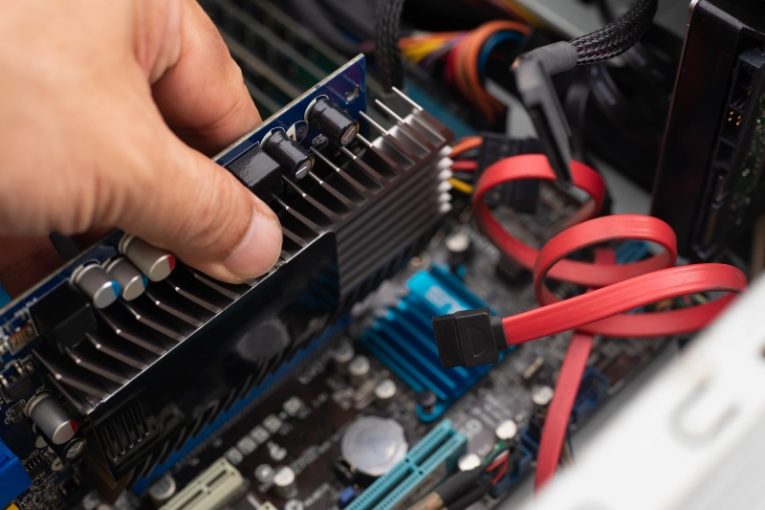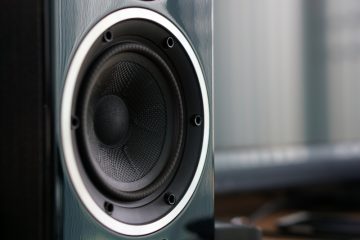How to Tell If Your GPU Has Issues and May Be Dying?

Nowadays GPUs are usually the most expensive component in a home PC. Unless you are using your computer exclusively for browsing and checking e-mails, chances are you are running a discrete GPU slotted in your motherboard. However, just like every other system component, GPUs also have an average life expectancy and will eventually start causing issues after extended use.
There is no hard and fast rule about how long a GPU will work before starting to give up the ghost. A lot of factors play into the equation, including operating temperatures, overclocking, frequency of cleaning and maintenance, as well as the roll of the proverbial dice. A GPU can last anywhere between 3 and 10 years, depending on those many factors. If you have a discrete GPU, you would probably end up upgrading and replacing it before it flatlines but sometimes the hardware can start showing faults before its time.
In this article we will look into the three most frequent and most obvious signs that your GPU is starting to go.
-
Table of Contents
Visible artifacts during rendering or video playback
One of the earliest signs that your GPU is the presence of artifacts on your screen. Those would be especially prominent and visible when you are playing a game which your GPU is rendering or during video playback. Artifacts can manifest in a variety of ways, from static-like noise and incorrectly colored pixels, to color changes with the reds on your screen turning green for example.
One thing to keep in mind is that some artifacting can also be caused by monitor or signal cable issues, so it's worth ruling those out before you start worrying about your GPU.
-
Overheating during light load or regular operation
If you have a dedicated GPU and play games, it's likely that you also have some sort of software that monitors your GPU's temperature as well. Both AMD and NVIDIA have integrated tools in their driver suites that can monitor your GPU's temperature.
If you see abnormal heat in excess of 80 degrees Celsius and if you run into reboots caused by an overheating GPU, the first thing you can do is open your PC case and see if the GPU fan is working properly. If the fan is dead, overheating during workload is normal. However, if your fan is working just fine and your GPU still overheats, it's very likely that the video card is going bad.
-
Computer reboots or runs into BSOD often
If your computer is rebooting on its own for no apparent reason or you run into frequent blue screen of death crashes, with some sort of display driver file listed as the culprit for the crash, this is also strong indication that your GPU is dying.
Sadly, there is very little you can do to revive a failing GPU. The easiest fixes for common issues include replacing the fan and giving the board and heatsink a good, thorough cleaning, but apart from that, once a GPU gets to the point where it force-reboots your PC, the only solution is usually a replacement. Thankfully, GPUs tend to have healthy, long lifespans and issues are relatively infrequent.








